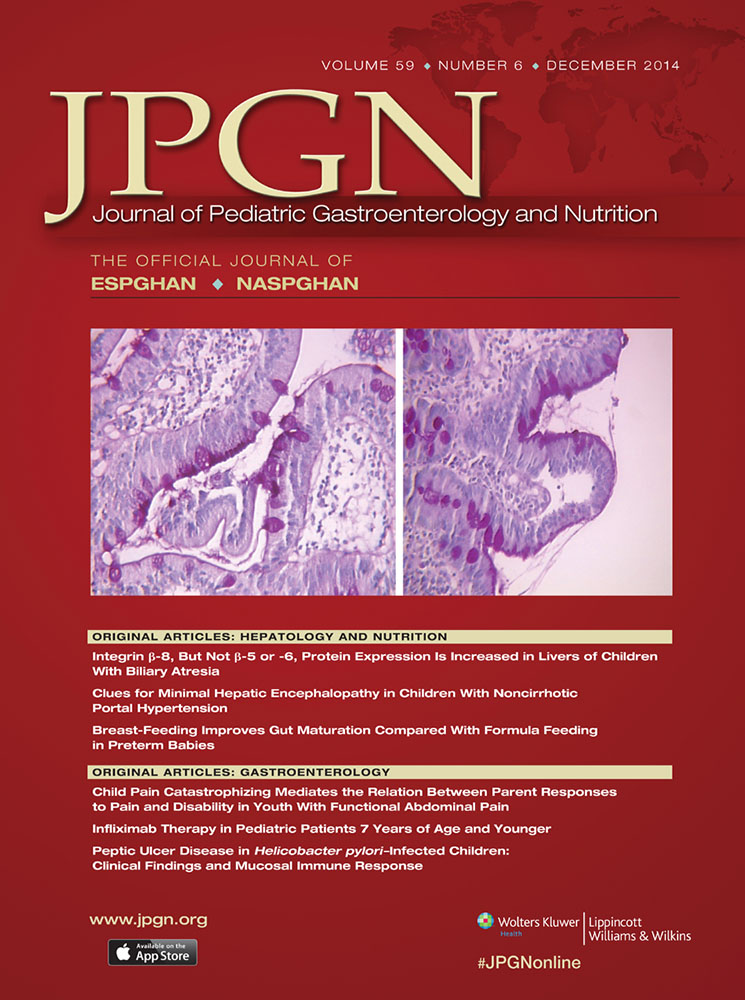γ-Glutamyl Transpeptidase Level as a Screening Marker Among Diverse Etiologies of Infantile Intrahepatic Cholestasis
The authors report no conflicts of interest.
ABSTRACT
Objectives:
Low γ-glutamyl transpeptidase (GGT) level is an important marker for progressive familial intrahepatic cholestasis, yet the cutoff level and clinical application is not well defined. This study aimed to evaluate the role of GGT as a screening marker among diverse etiologies of infantile cholestasis.
Methods:
This retrospective study analyzed 256 cholestatic infants admitted to a tertiary referral center between 2000 and 2012. After excluding 121 infants of extrahepatic cholestasis, advanced investigations for 135 infants with intrahepatic cholestasis were performed. The etiologies, outcomes, and correlations with GGT levels were analyzed. Good prognosis was defined as clinical recovery before 1 year of age; poor prognosis as persistent disease, liver transplantation, or death before 1 year.
Results:
Among 135 patients of intrahepatic cholestasis, >12 different etiologies were found. Neonatal hepatitis (49.6%), progressive familial intrahepatic cholestasis (21.5%), and neonatal cholestasis caused by citrin deficiency (10.4%) were the leading causes. Patients with initial GGT between 75 and 300 U/L had a higher chance of good prognosis (61/74, 82.4%) than those with GGT <75 U/L or >300 U/L (25/61, 41%, P < 0.0001). In the low-GGT group (≤100U/L), 52.6% (30/57) of the patients have good prognosis; and GGT level ≤75U/L has a sensitivity, specificity, and positive predictive value of 100%, 43.3%, and 61.4% in predicting poor prognosis.
Conclusions:
Patients with GGT levels ≤75 or ≥300 U/L should receive advanced investigations such as genetic/metabolic assays early; otherwise, the amount of diagnostic workup may be limited if no signs of progressive disease.




